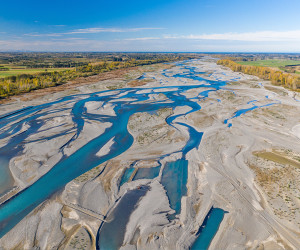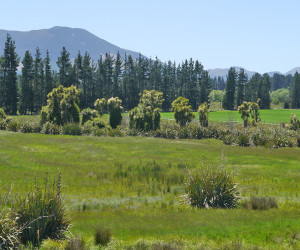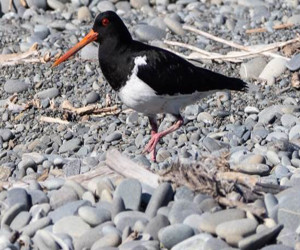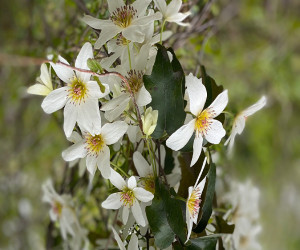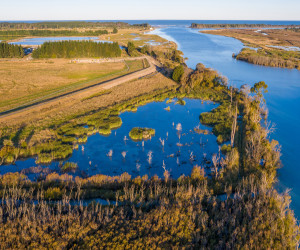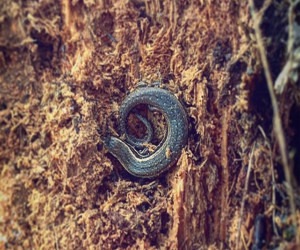Waimakariri zone biodiversity
Waimakariri has diverse habitats that support a range of native animal and plant species, including some threatened. From coastal lagoons, to braided rivers and drylands, there is a range of rich biodiversity across the zone.
The rivers, streams, hāpua and wetlands of Waimakariri have always been an important place and food basket for Ngāi Tahu and Ngāi Tūāhuriri.
Animal and arable farming, forestry and horticulture are all undertaken in the area, which has some impact on the type and number of native plants and animals across the zone.
Changes to land use and waterway management will support the protection and restoration of native biodiversity in Waimakariri and provide sites and connections across private land to form habitat corridors to link ki uta ki tai/the mountains to the sea.
Activities
![]()
![]()
![]()
![]()
![]()
![]()
Highlights
The past vegetation of the Waimakariri plains would have predominately been a mosaic of dry woodland, such as kānuka, and broadleaf/podocarp forest of tōtara and mataī in the more stable areas, free from more recent flooding and fire. There were also extensive areas on swamp wetlands reflecting the underlying hydrology and soils.
Braided Rivers
The Waimakariri and Ashley River/Rakahuri are both braided rivers of international significance, containing naturally rare or distinctive ecosystems.
The provide major ecological corridors kit uta ki tai and provide unique habitat for specialised plants and animals such as:
Drylands
Some of the largest remnants of dry shrubland/grassland and scattered dry shrubland remnants left on the plains are located in the zone. These drylands are representative of the ecosystems that originally dominated the Waimakariri plains and have a high diversity of native herbs, orchids, mosses, fungi, grasses, invertebrates and lizards.
Lowland and coastal wetlands
Lowland and coastal wetlands support some of the greatest concentrations of birdlife compared to other ecosystems. The survival of threatened wetland birds found in the Waimakariri such as the Australasian bittern relies on protecting the remnant wetlands. These ecosystems are also important mahinga kai resources.
Limestone outcrops
Naturally rare limestone areas provide ‘habitat islands’ that support specialised plant communities, including unique lizard populations.
Threats
While the zone is home to many amazing, rare and special species of plants, insects, animals and invertebrates, threats to these species are ever present. Common threats to biodiversity in the zone include riverbed confinement and altering water levels, braided river nesting bird disturbance, decreasing water quality, land use intensification, weeds, climate change, loss of vegetation, predation, wetland drainage and sedimentation.
Ashley Estuary/Te Aka Aka
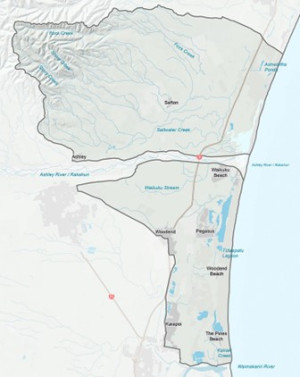 Ashley Estuary/Te Aka Aka is a large tidal lagoon in North Canterbury, fed by the Ashley River/Rakahuri, Saltwater Creek, and Taranaki Creek.
Ashley Estuary/Te Aka Aka is a large tidal lagoon in North Canterbury, fed by the Ashley River/Rakahuri, Saltwater Creek, and Taranaki Creek.
It has extensive areas of saltmarsh vegetation and intertidal sediment flats, supporting diverse invertebrate communities (shellfish, snails, worms, crabs and hoppers), and an abundance of wading birds and fish species. It is a spawning ground for īnanga.
The ‘Ashley Estuary (Te Aka Aka) and Coastal Protection Zone’, was introduced during the Plan Change 7 process, to the Canterbury Land and Water Regional Plan.
It places additional restrictions on farming activities and discharges within the zone.
These controls have been included to help with achieving water quality and mahinga kai outcomes for the estuary.
Read more about Plan Change 7 and regulations for Te Aka Aka.
Lees Valley
Located north of Oxford and Glentui, Lees Valley has remnant patches of beech and mixed podocarp forest; shrubland and grassland vegetation.
The higher altitudes and river gorge areas are home to open rocky habitats. Diverse wetlands, springs and streams are also features of the valley.
Tūhaitara Coastal Park
Tūhaitara Coastal Park is made up of a number of ecosystems including the fore and back dunes, exotic plantation and coastal protection plantings and the coastal freshwater network made up of a series of wetlands, a lagoon and streams that run parallel to the sea and connect the braided rivers of Waimakariri and Ashley River/Rakahuri.
Te Kōhaka o Tūhaitara Trust has a 200-year plan to rehabilitate the lands to an indigenous coastal ecosystem supporting a diverse range of native flora and fauna species and providing sustainable mahinga kai.
Learn more about Tūhaitara Coastal Park on their website.
Watch this video about the Restoration of the Tutaepatu Lagoon
Regional Parks
There are three areas managed by us in the Waimakariri zone, as well as plenty of other recreational opportunities in the zone’s public reserves, walkways and parks.
Waimakariri River Regional Park
The Waimakariri River Regional Park was originally created as a way of managing the Environment Canterbury-owned river protection land along the length of the Waimakariri River. It covers 15,000 hectares of river and river's edge land, so we've broken it down into several park areas that cater to activities ranging from mountain biking, picnicking, horse riding, walking, game bird hunting, fishing and more.
McLeans Forest, West Melton Forest, Kaiapoi Island, Te Rauakaaka, Baynons Break, McIntoshs bend, Templars Island, The Willows, and Weedons Forest are all popular spots.
Ashley Rakahuri Regional Park
If you're in the Rangiora region or looking for a day out in North Canterbury, the Ashley Rakahuri Regional Park is the place to go for fishing, walking, swimming, cycling and family picnics.
The Ashley Rakahuri Regional Park encompasses the Ashley River/Rakahuri and berm area from the Okuku River confluence downstream to the Ashley Estuary.
The park includes pine forest blocks, mixed stands of exotic trees including willows and poplar, and pockets of native vegetation that are gradually being restored and enhanced.
Northern Pegasus Bay
Northern Pegasus Bay is a fantastic spot for bird watchers, anglers, swimmers and people looking for a camping getaway just north of Christchurch.
Our park rangers patrol the beaches and river mouths protecting the natural environment along this stretch of coast. They are available to give advice and information to visitors.
Places to go
See walking tracks and national park information on the Department of Conservation website:

